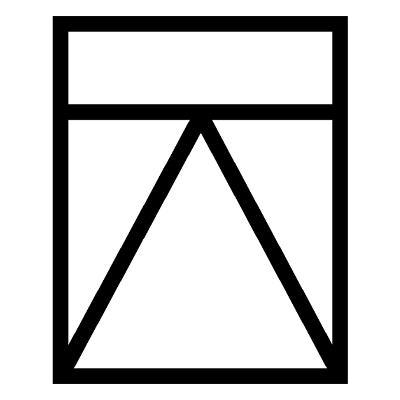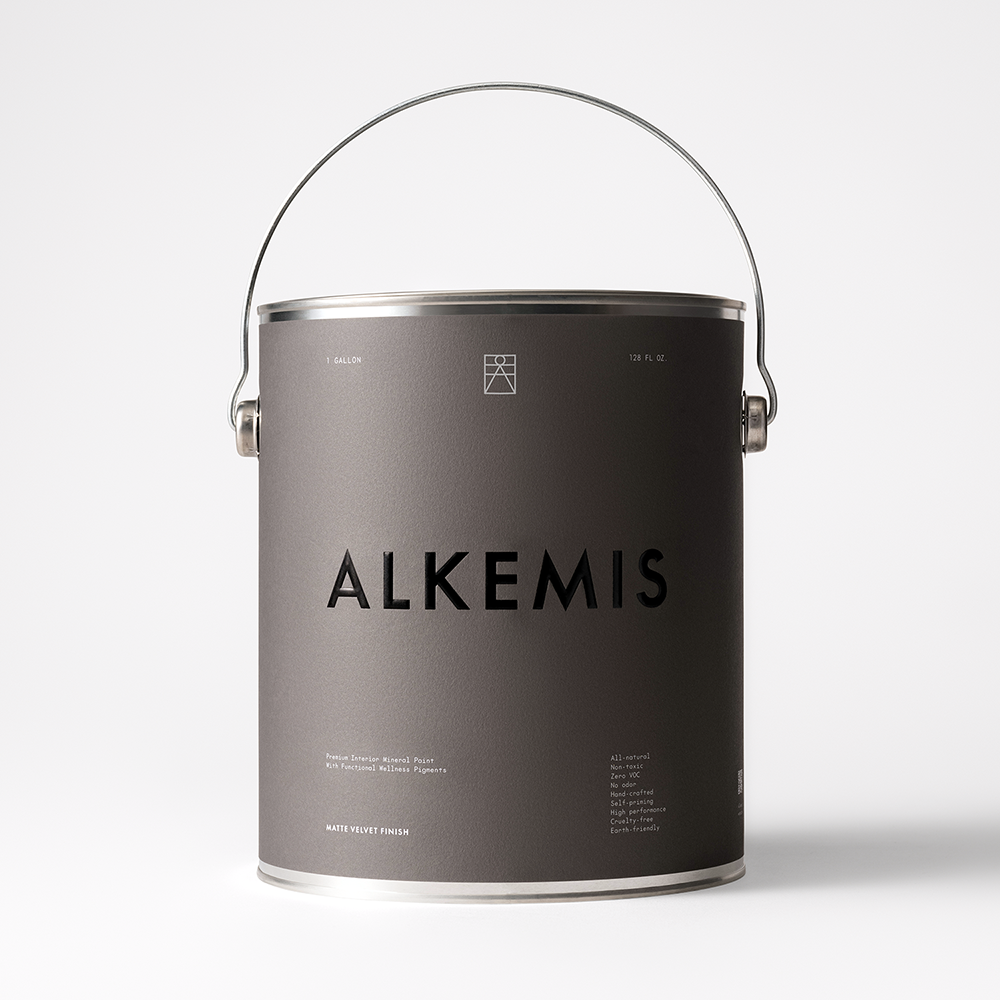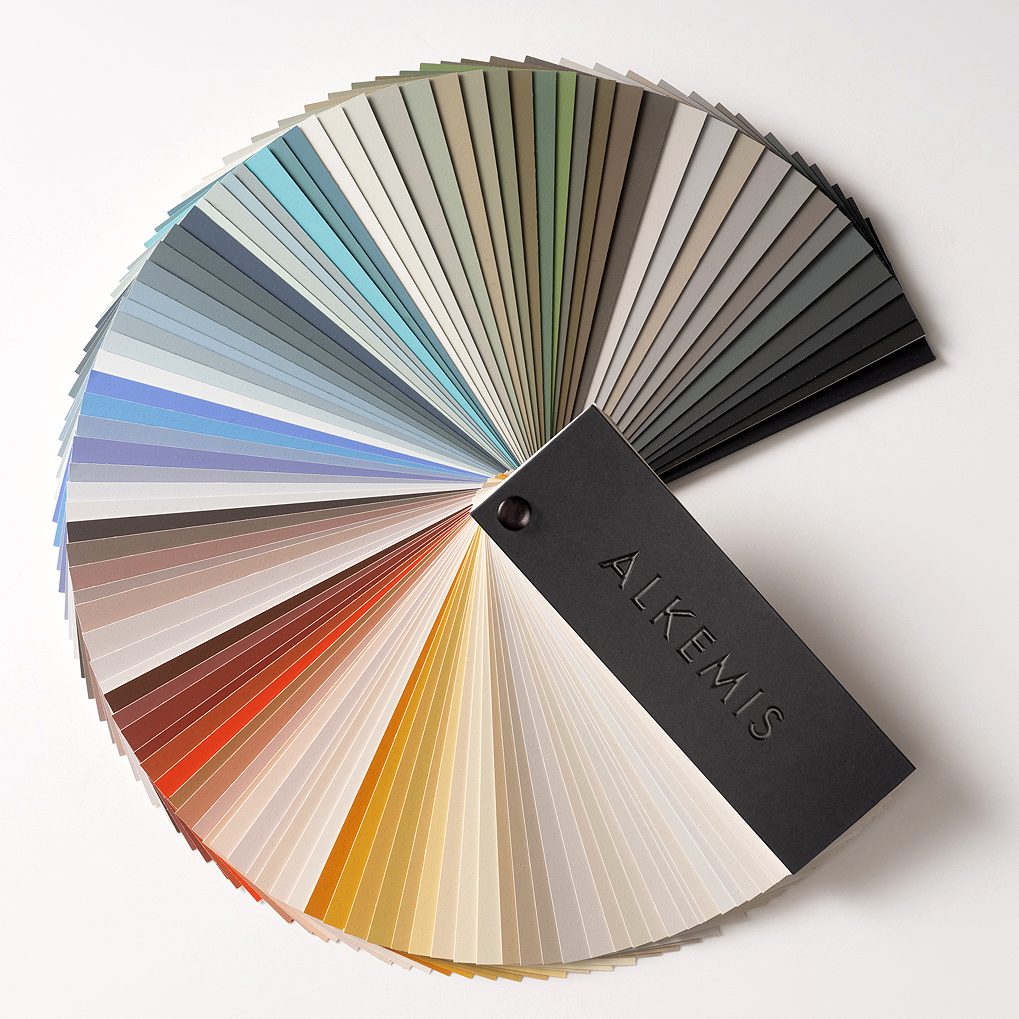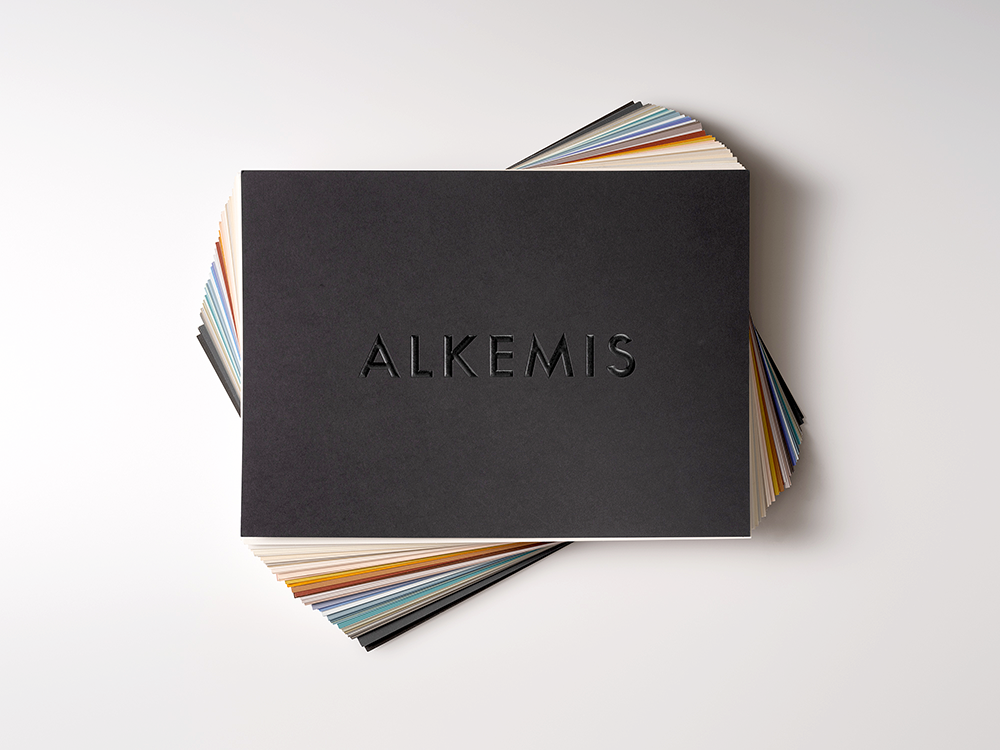SUSTAINABILITY

DID YOU KNOW...
- Architectural paint is the biggest contributor of microplastics in the ocean.
- Every year, 1.9 million tons of paint end up in our oceans and waterways, outweighing all other sources of microplastics.
- Plastic-based paint makes up almost 95% of the global market.
- Paint production uses over 90 million metric tons of petroleum per year.
- On average, babies in the US are now born with 257 chemicals in their bodies derived from microplastics.
- Scientists have found microplastics in human blood (in almost 80% of test subjects).
AS ONE OF THE ONLY CRADLE TO CRADLE CERTIFIED PAINTS IN THE NORTH AMERICA, ALKEMIS PAINT UPHOLDS THE WORLD’S MOST AMBITIOUS, ACTIONABLE STANDARD FOR DESIGNING AND MAKING PRODUCTS TODAY THAT ENABLE A HEALTHY, EQUITABLE AND SUSTAINABLE TOMORROW.
HOW WE DESIGN AND MAKE PRODUCTS TODAY SHAPES THE WORLD WE WILL INHABIT IN THE FUTURE. THE CRADLE TO CRADLE CERTIFIED® PRODUCT STANDARD ENABLES BRANDS AND MANUFACTURERS LIKE ALKEMIS PAINT TO SUBSTANTIATE THE POSITIVE IMPACT OF THEIR PRODUCTS ON PEOPLE AND THE PLANET.

The Cradle to Cradle Certified® Product Standard is the world’s most stringent third-party product validation. Unlike other certifications, which tend to focus on a singular measure of sustainability, Cradle to Cradle Certified assesses all aspects of product design and manufacturing by evaluating a product’s performance across five categories:
ALKEMIS PAINT IS CONTRIBUTORY TO LEED CERTIFICATION POINTS, WELL BUILDING STANDARD POINTS , THE LIVING BUILDING CHALLENGE, THE UNITED NATIONS SUSTAINABLE DEVELOPMENT GOALS, AND FULFILLS ALL 5 COVENANTS OF THE AMERICAN INSTITUTE OF ARCHITECTS MATERIALS PLEDGE AND THE MINDFUL MATERIALS COMMON MATERIALS FRAMEWORK

ALKEMIS PAINT ADHERES TO A GREEN BUSINESS MODEL
By sourcing sustainable ingredients from a 350-mile radius and purposely minimizing waste, our company is committed to the use of environmentally friendly, healthy and recyclable materials, a climate-friendly and responsible production process, and the use of renewable energy, while providing elevated quality that contributes to the health of the consumer and our home planet.
THE U.S. ENVIRONMENTAL PROTECTION AGENCY (EPA) HAS RANKED INDOOR AIR POLLUTION AMONG THE TOP 5 ENVIRONMENTAL THREATS TO HEALTH. THE EPA EVALUATES THAT THE AVERAGE PERSON RECEIVES 72 PERCENT OF THEIR CHEMICAL EXPOSURE AT HOME. INTERIOR PAINT IS ONE OF THE MOST SIGNIFICANT SOURCES OF INDOOR AIR POLLUTION.
Traditional architectural paints can contain toxic synthetic pigments, VOCs (volatile organic compounds), PFAs (AKA” forever chemicals”), HAPs (hazardous organic pollutants), APEs (alkylphenol ethoxylates), endocrine disruptors, carcinogens, plasticizers/phthalates, preservatives, biocides/fungicides/mildewcides, flame retardants, heavy metals, solvents and more, which can contribute to both short and long-term health problems including respiratory issues, damage to the nervous system and organs, endocrine disruption, birth defects, neurotoxicity and cancer. Detrimental aspects of the existing paint industry include harmful production practices, dependency on petroleum products, negative environmental and health impacts, plus an end product that is difficult to dispose of, recycle, and store.
BREATHE EASIER AND LIVE MORE HARMONIOUSLY WITH ALKEMIS









